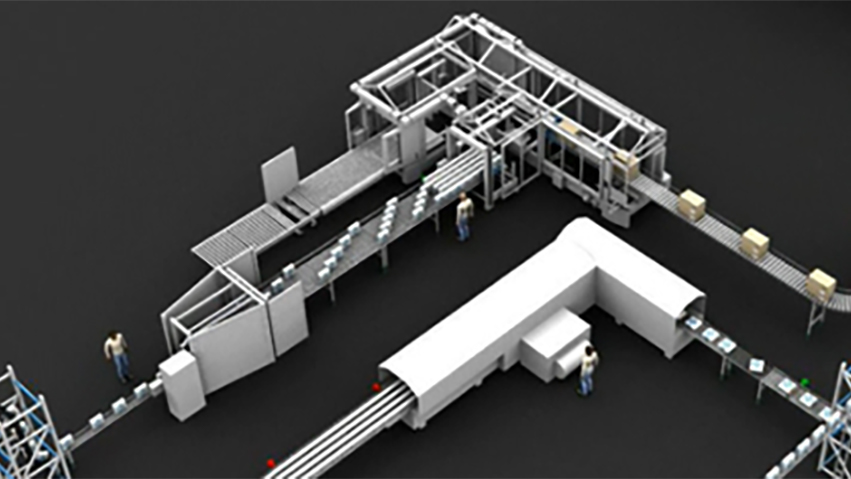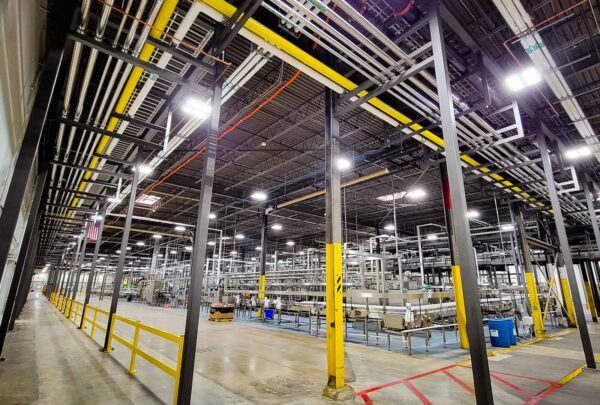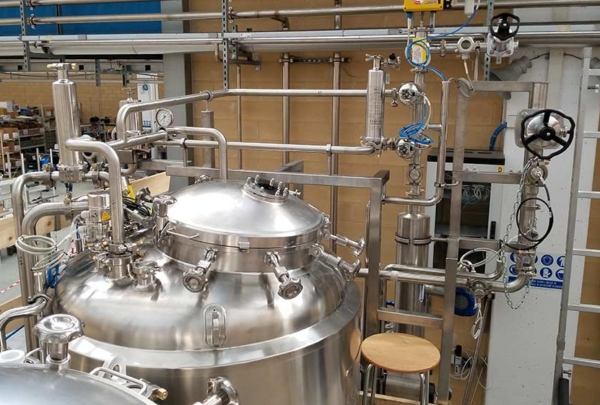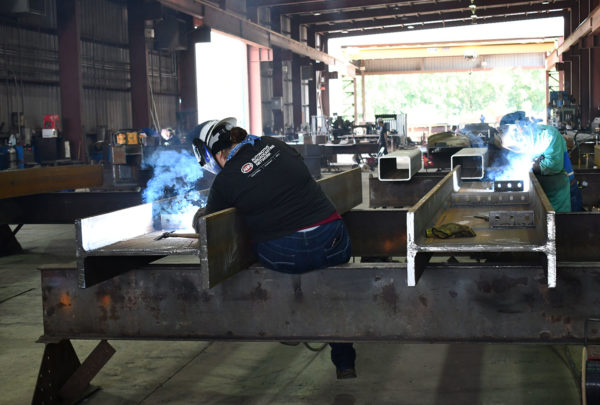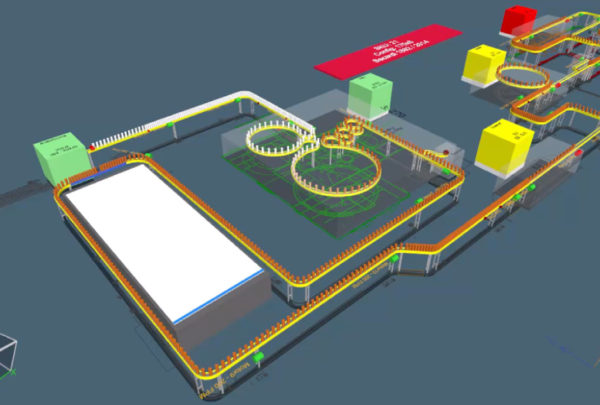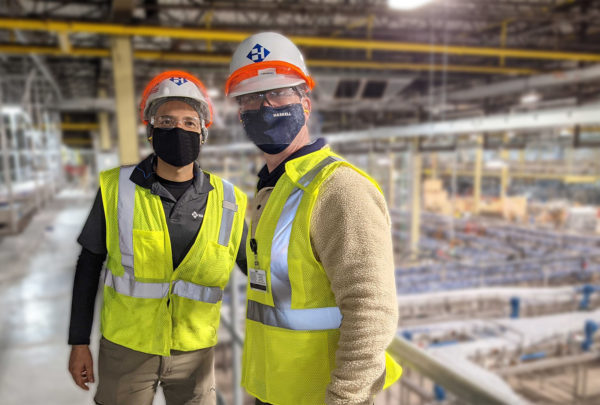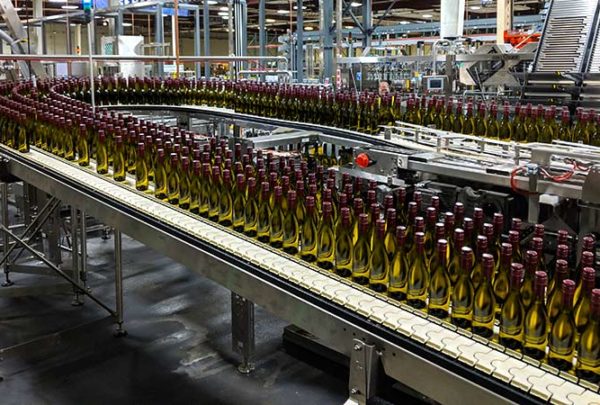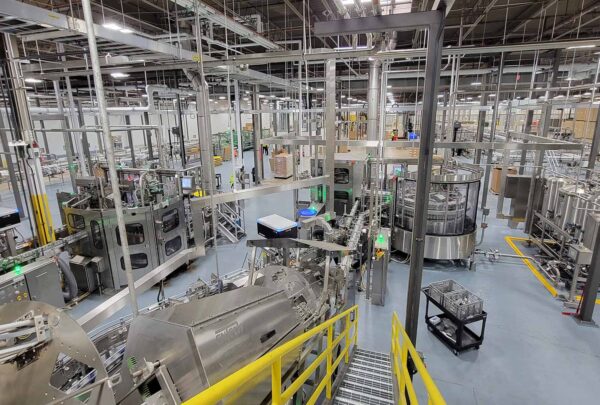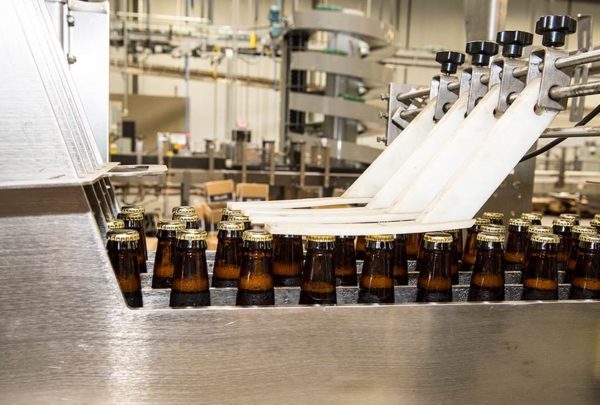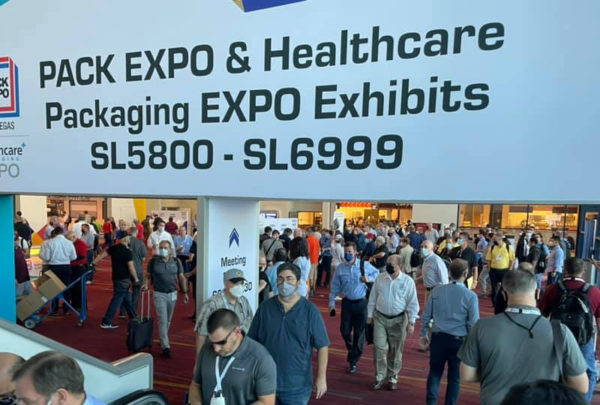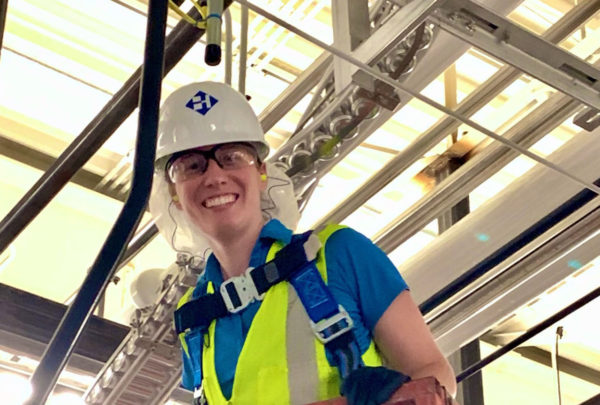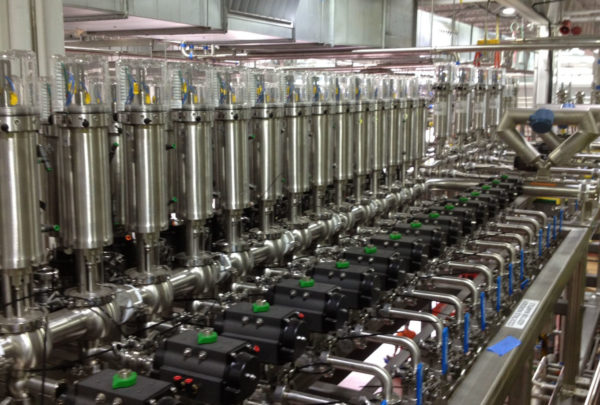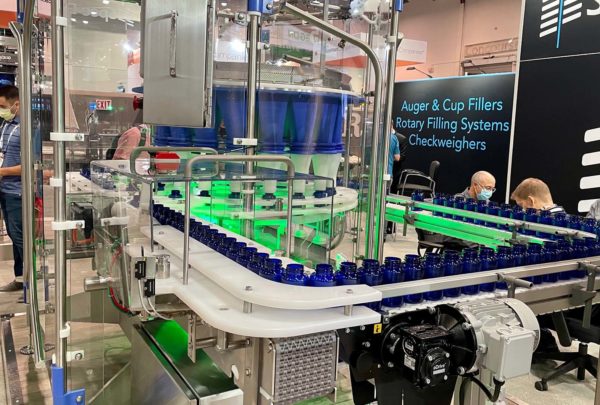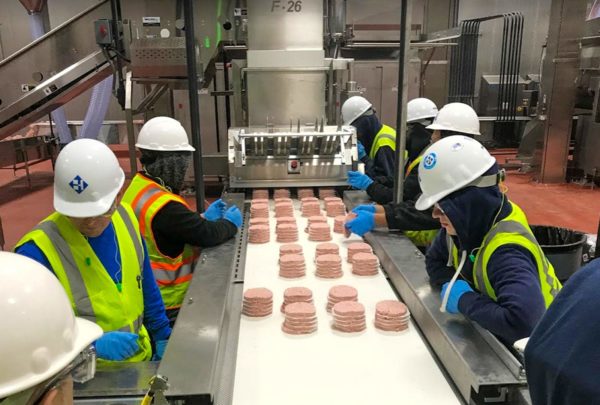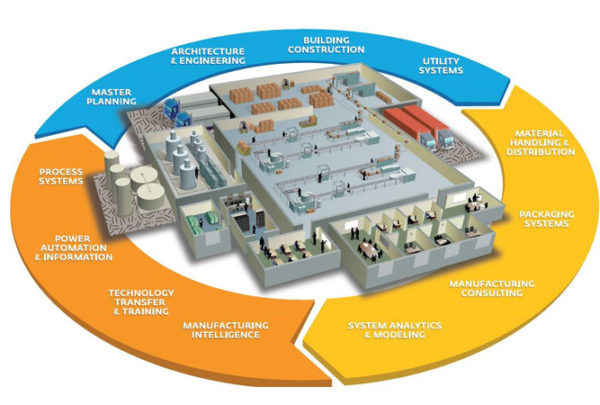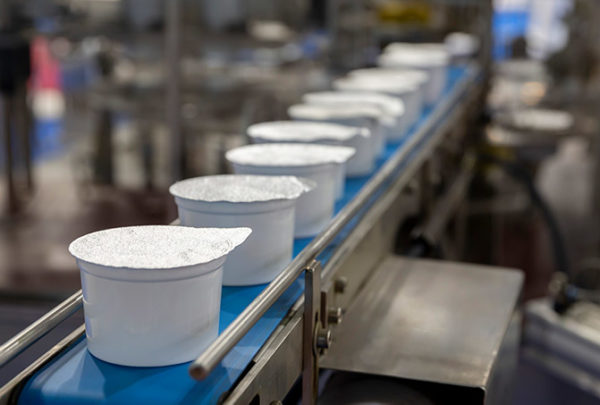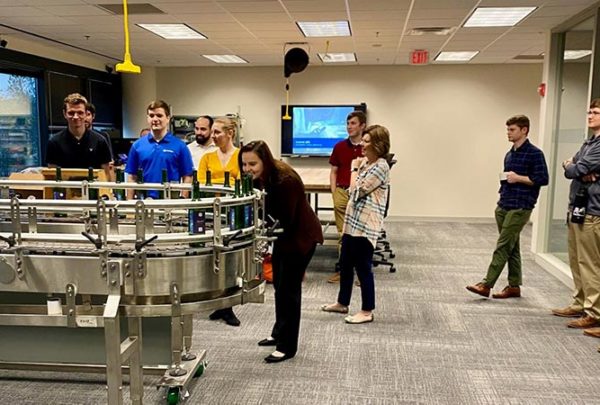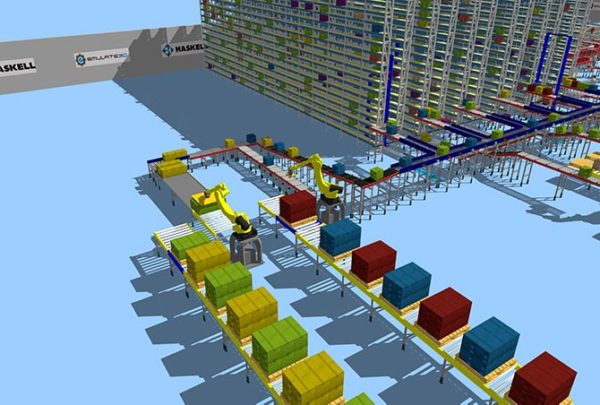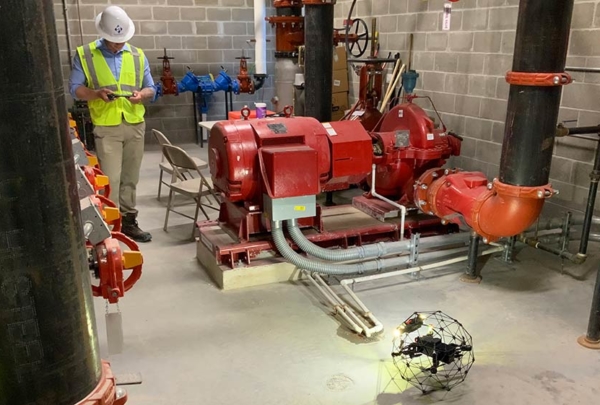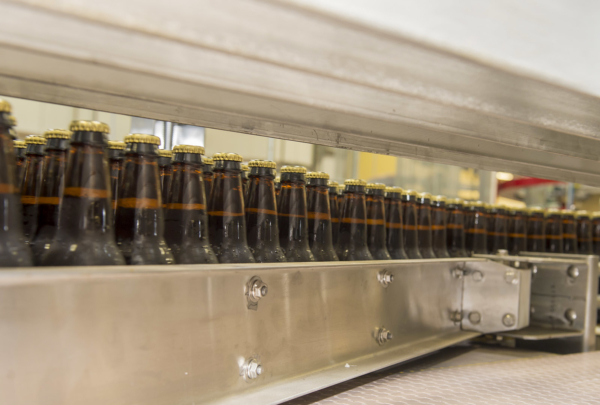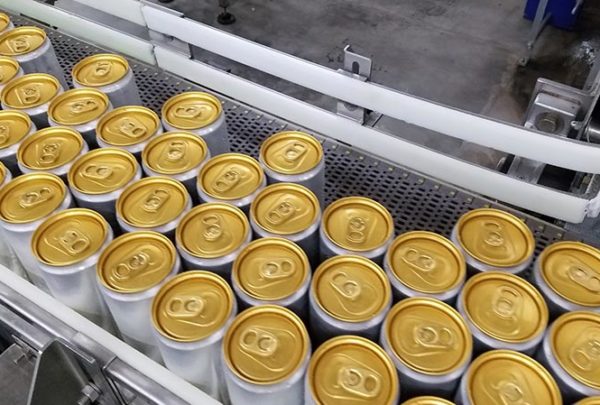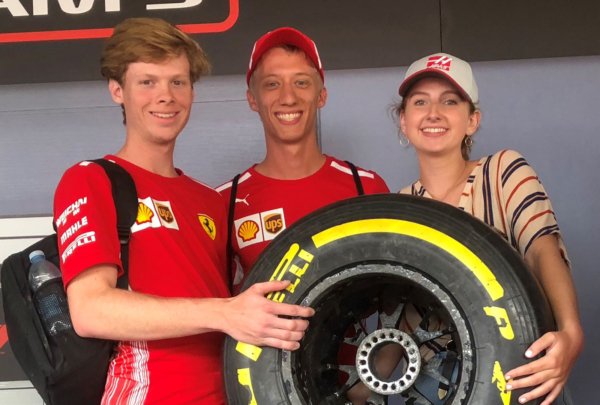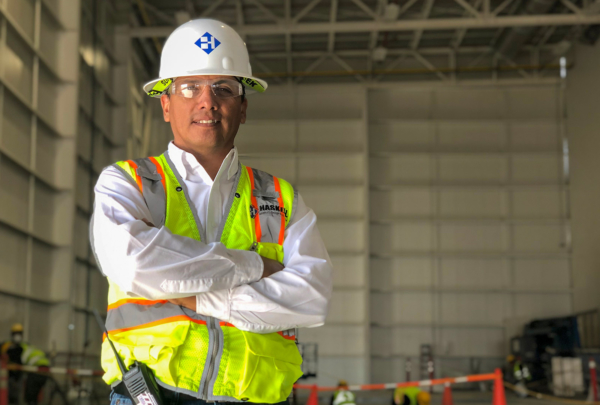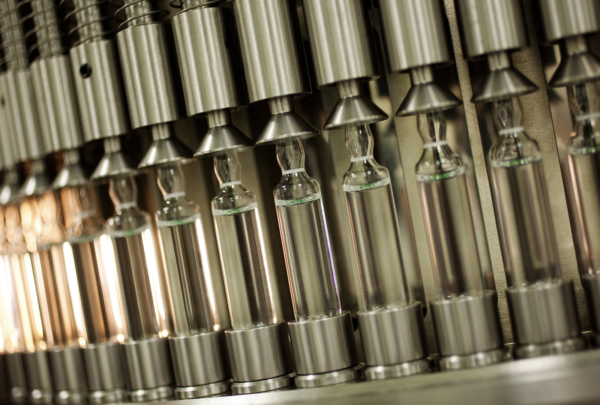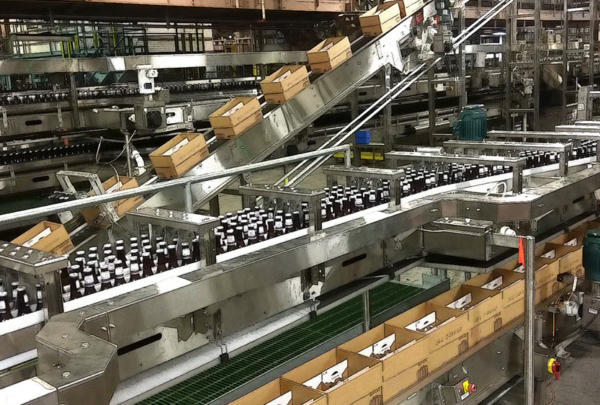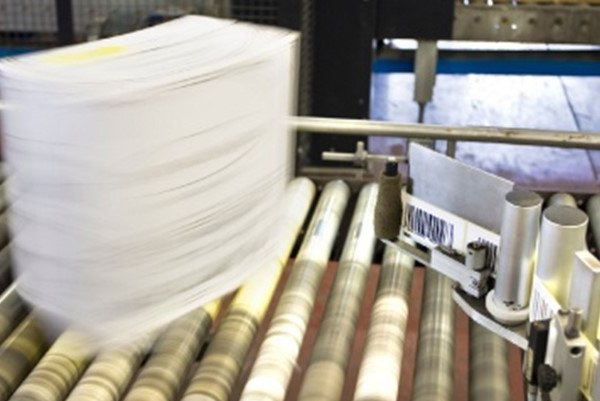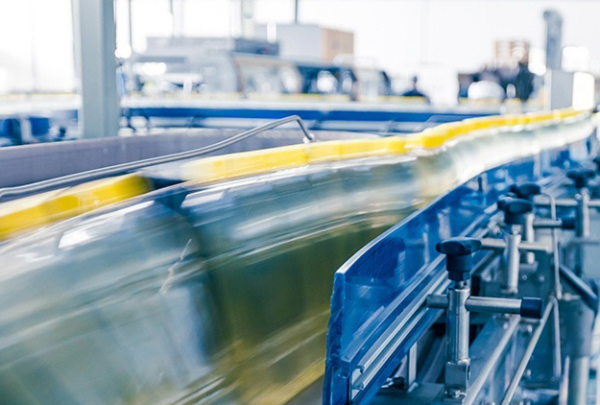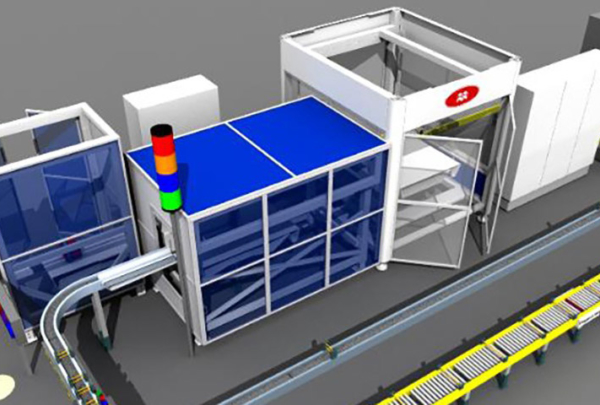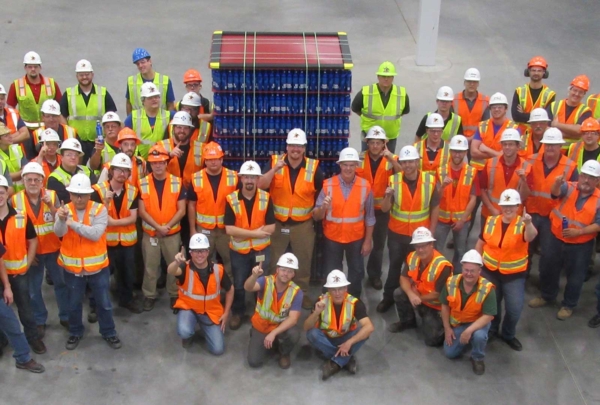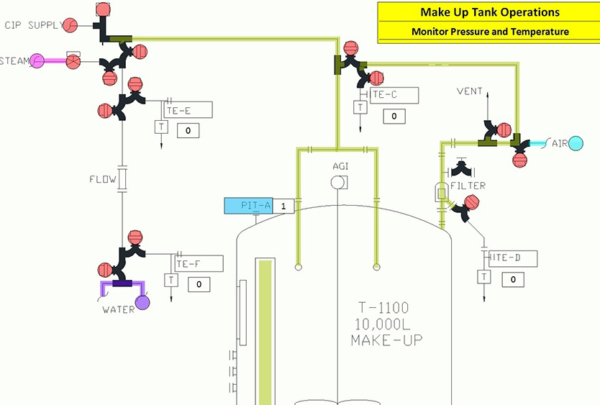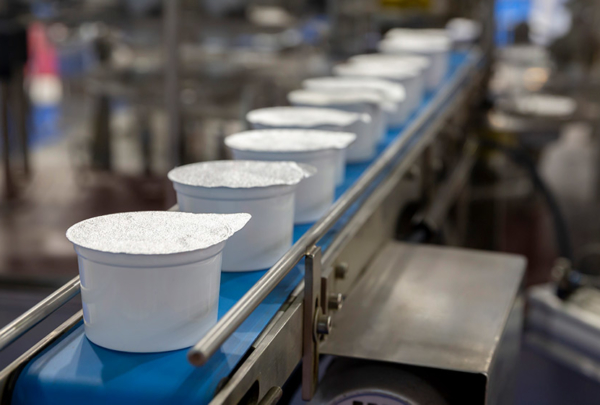With any processing plant, uncertainty presents unique challenges when managing capacity for growth. Will adding or updating equipment increase efficiency or create new obstacles? Does your facility require a costly CapEx project to scale up production or would a few smaller adjustments achieve similar results?
Haskell’s 3D simulation technology can provide answers before a single dime is spent on new equipment or facility upgrades.
What is simulation?
Simulation is an engineering design process which recreates a system in a computer-based virtual environment. If a processing line isn’t performing as it should or needs improvement to meet increased demand, Haskell engineers and analysts can test out possible solutions using a virtual replica that behaves exactly the same as the actual line.
Bringing Your Facility to Life
In order to create a functional, digital replica that will respond to new inputs and give valuable feedback on the most effective ways to improve output, Haskell’s engineers begin by carefully studying key details as to how the actual packaging line operates.
“We collect data on downtime, speeds, start and stop logic, and from that we build a 3D representation of the line,” said Christopher Dyar, Engineering Manager for Haskell’s Center of Excellence for packaging and material handling systems based in Atlanta. “After we have the system built, we validate the information and behaviors by comparing the output of our model to a week’s output from the actual production line.”
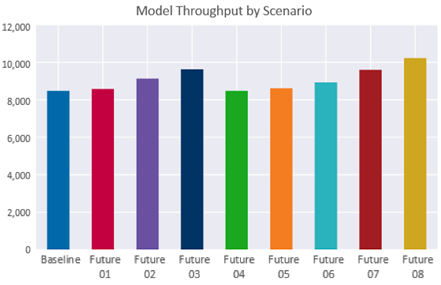
Identify Improvement Opportunities
Once the simulation is complete, it brings to life an existing or design-in-process system down to the finest detail, including any potential trouble areas that might slow down production. From there, the simulation can be modified with different options for improving the line’s efficiency and output.
“We can adjust sensors, equipment speed and behaviors, anything that would change the line’s effectiveness,” Dyar said. “Doing this in a simulated, digital environment allows us to test many different iterations in a short period of time, with minimal cost.”
Testing the existing system via 3D simulator also means the actual production facility won’t experience any downtime or waste while engineers determine the best solutions for moving forward.
After each iteration is tested, the data collected will provide precise measurements for improvement opportunities that could range from a CapEx level, such as more reliable machines or additional automation, to simple items like device locations or speed adjustments.
The Bottom Line
Using simulation to determine large- and small-scale improvements for packaging line control is effective at improving the throughput of an existing system, justifying the cost of automation, and forecasting a production facility’s capacity for growth. It can also determine whether CapEx investments can be delayed with other adjustments, creating critical cost savings.
“Our simulated models can often identify low-hanging changes that can make a huge difference in production without a significant investment,” Dyar said. “We can also test different scenarios before a client invests capital into new equipment or training.”
